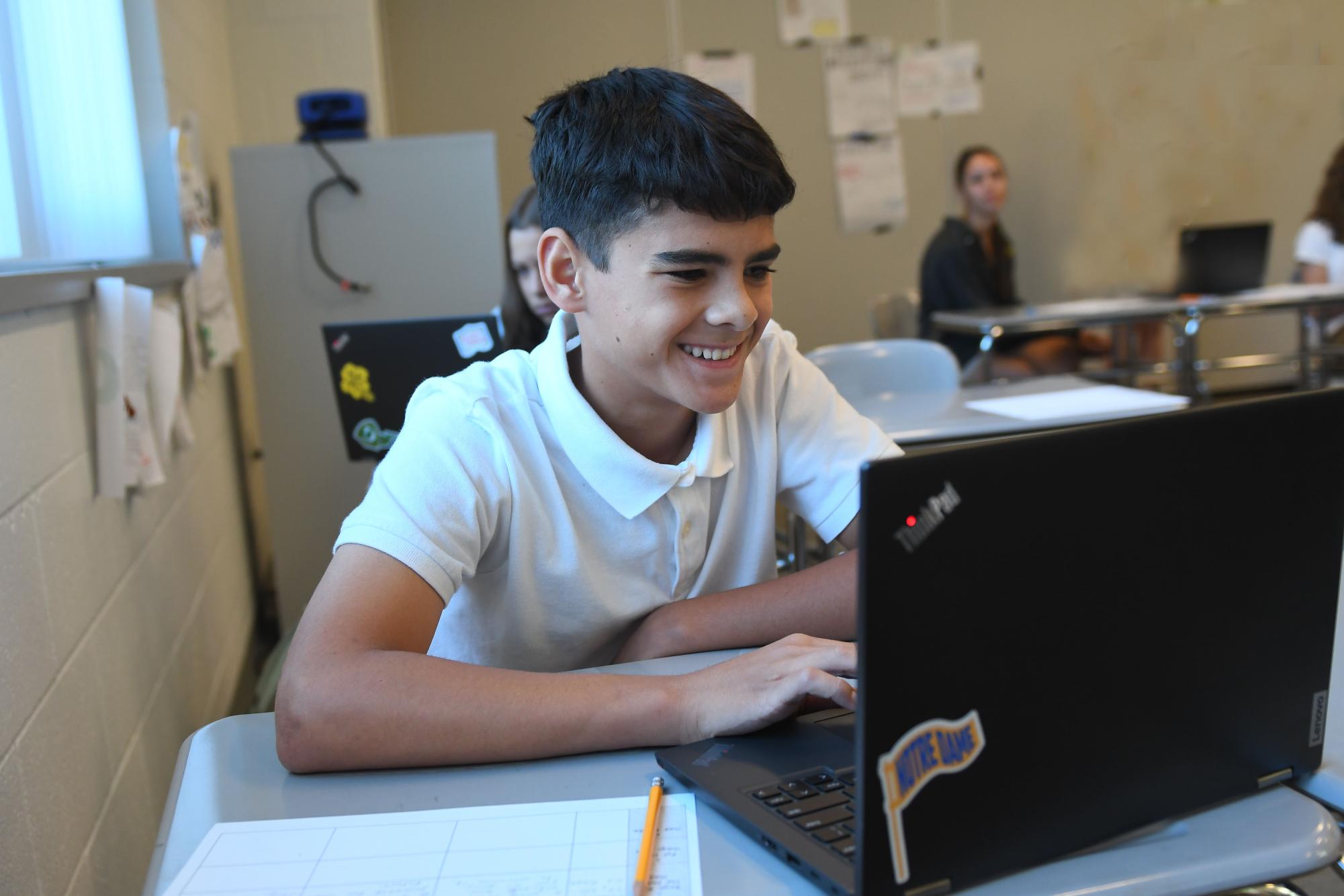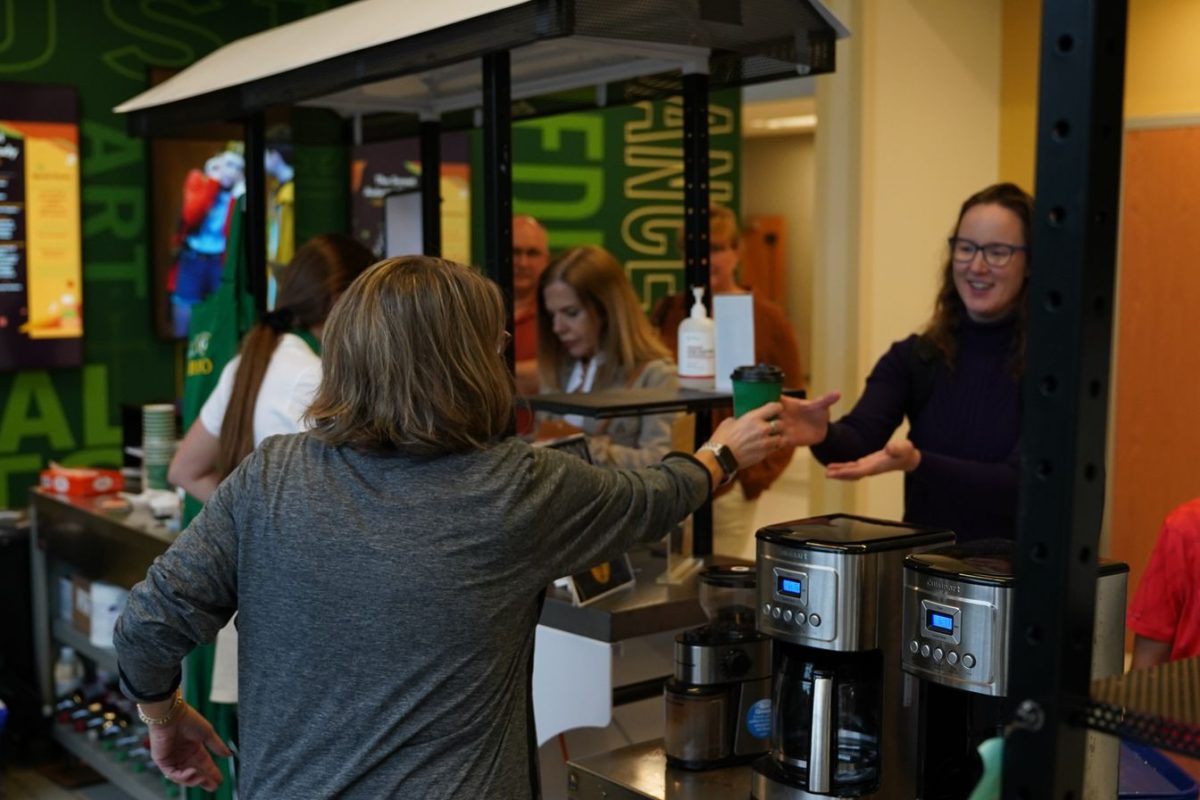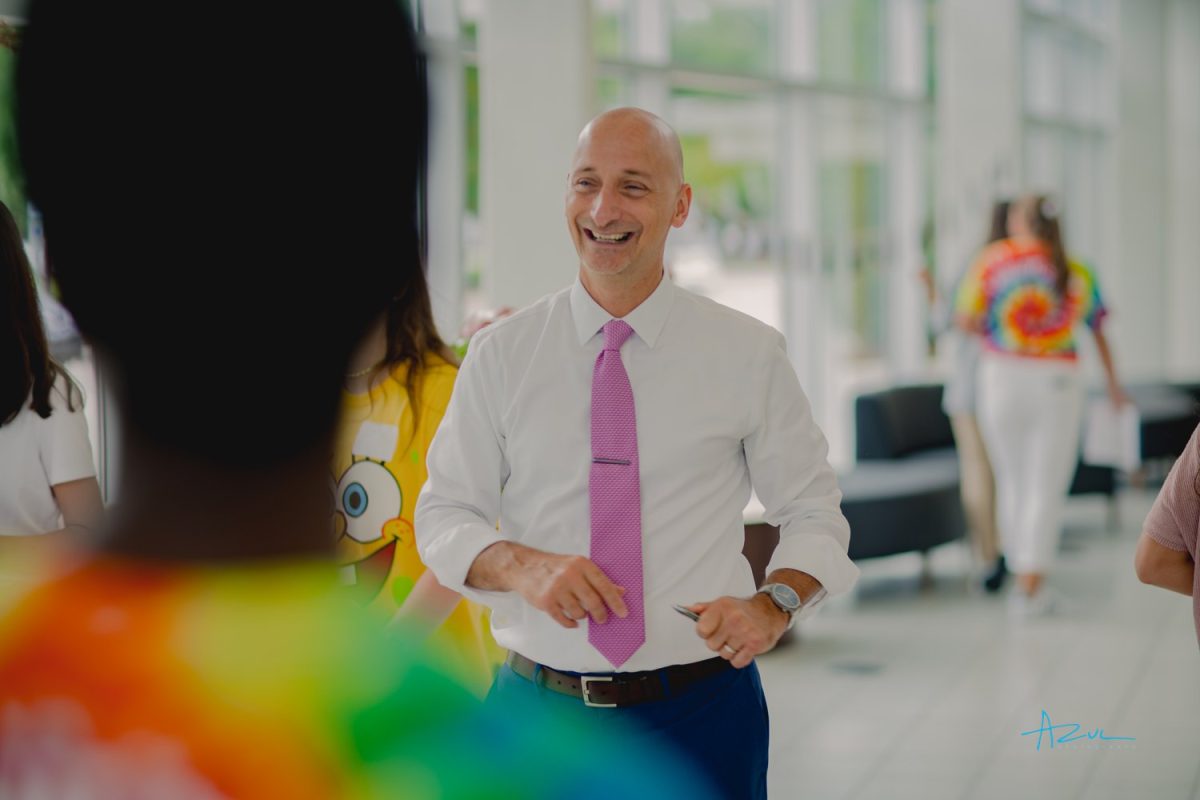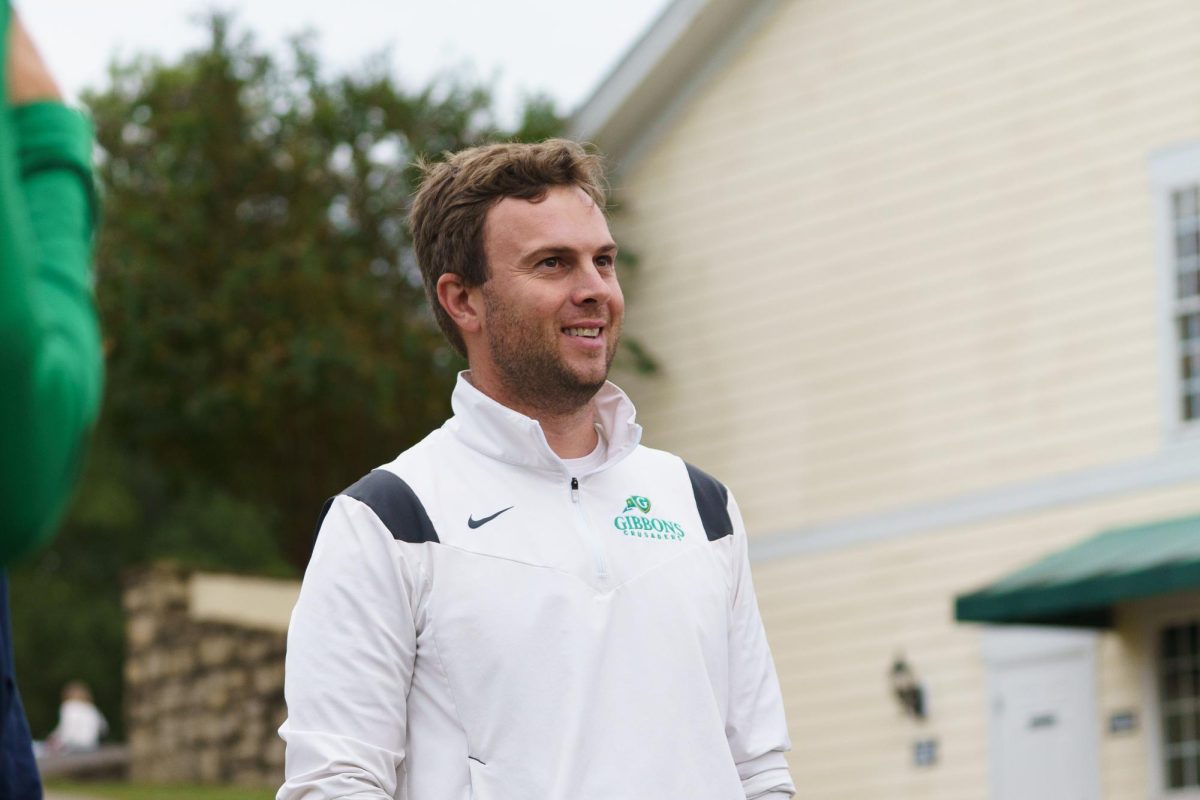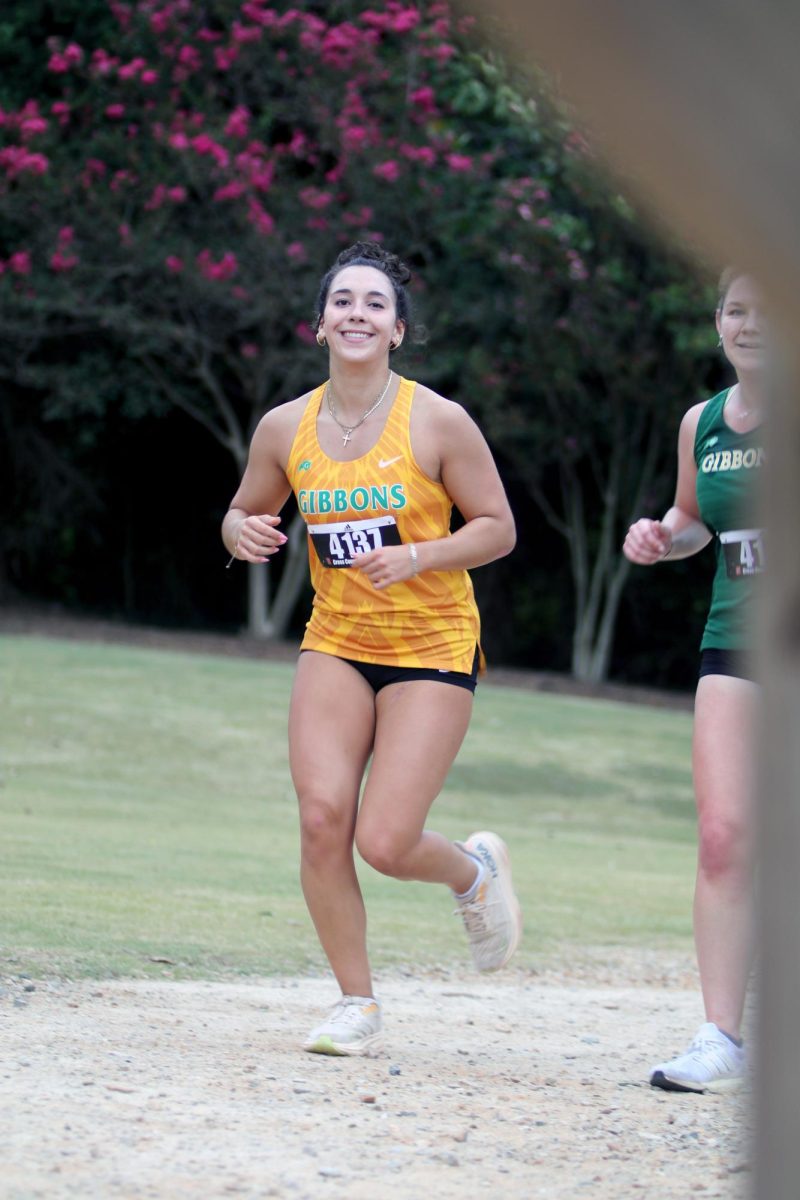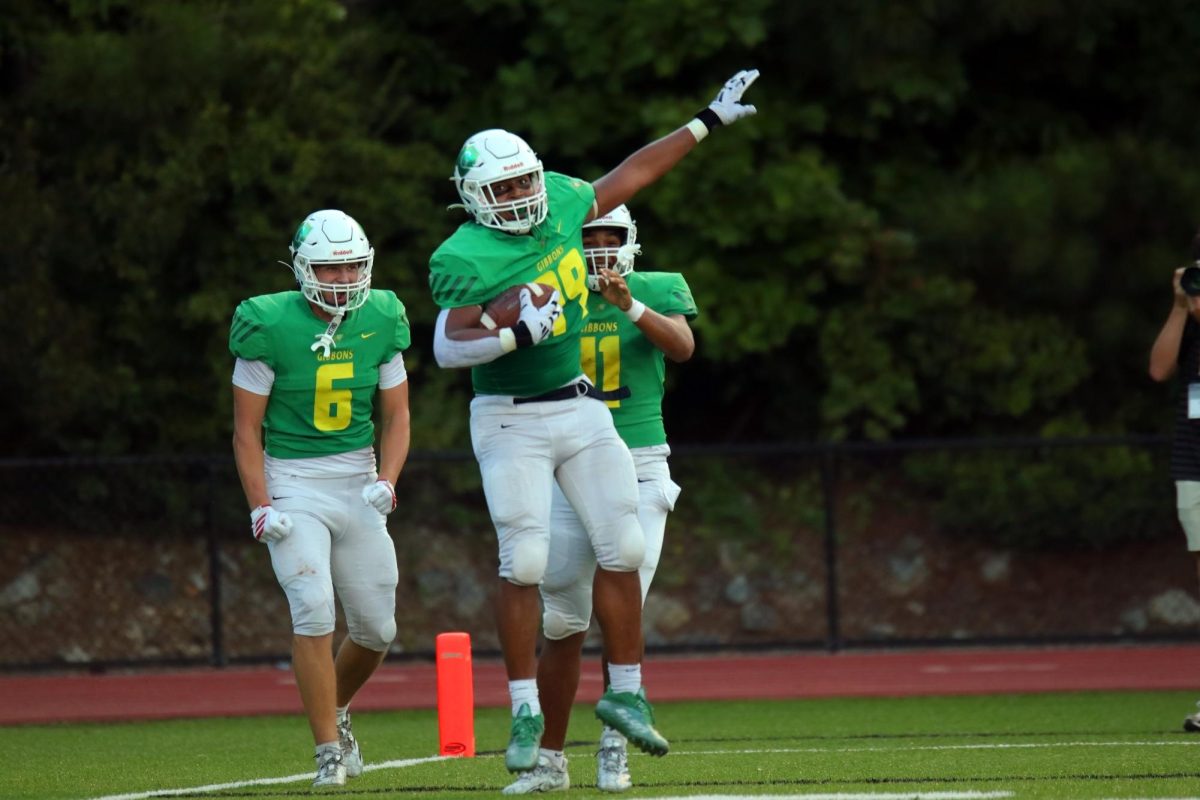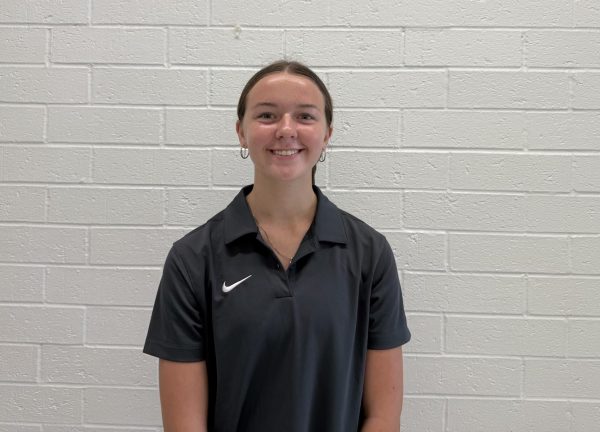They say you can’t teach an old dog new tricks. And for that matter, you can’t teach an old network how to comply with the demand of newer and faster technology.
It was for this reason that the technology team at Cardinal Gibbons High School, led by Chief Technology Officer Lesley Coe, decided in January to begin to replace the school network.
As the 2025-26 school year embarked, the Gibbons community began to experience the effects of the new wifi. Sadly, not all effects have been good, and students and teachers have begun the year with technological difficulties.
The process to replace an entire networking system is not one that can occur merely in a few days. It is a much more tedious application that must be completed piece-by-piece, and each piece, each segment of improvement, must match in order to continue.
“You can’t take a garden hose from your house and put it in a fire hydrant. It’s not going to receive the water.” Coe said. “It’s just going to go kind of everywhere.”
By making the changes slowly, smaller and specific problems have been uncovered, and success has begun to be achieved.
Many students question why changes were made to a wifi system that appeared to be working just fine throughout the 2024-25 year.
Some wonder why the issues weren’t resolved during the summer, or what is causing the prolonged internet troubles.
A change to the preexisting networking was necessary in order for the school to have more modern equipment that can provide faster speeds and last longer.
Why Make Changes, Why Now?
As the school provides newer and more advanced computers for incoming students, it becomes difficult for older wifi technologies to keep up with the new computer technologies. By adding more efficient and enhanced models of networking to the school, the wifi technologies and computer technologies should eventually be able to work in harmony, which would allow for faster speeds and better working devices.
Although many may feel that the start of the school year is the worst possible time for these changes to be made, these changes have been actively in the works for quite some time.
Also, despite work being done during the summer, not all of the issues could be fixed until all students returned to campus.
Together, the technological team hypothesized many of the possible and likely problems, but it was a necessity to have the thousands of devices of the school be working and at Cardinal Gibbons at the same time in order for all problems to be resolved.
“We knew things were going to happen,” said Coe, “but we had to create the problem to find the problem.”
The Unpredicted
Some of the occurring problems however were not predicted. And in addition to these problems causing an added challenge, they cause there to be no exact timeline as to when the technical difficulties will end.
While some issues certainly still exist, the technology team at Gibbons has been hard at work in making many improvements thus far.
They have recabled some rooms, changed the frequency of access points, and have worked to improve “roaming” (the idea of devices changing where they get their signal from as they move throughout the school with an uninterrupted experience for students).
What’s Left To Do
Still left to accomplish is completing their mission to upgrade cabling and adjust the signal per room based upon what devices may be interfering with the signals.
As Coe and her team strive to make the technological and wifi capabilities of Cardinal Gibbons the best they can be, it is important for the school community to have patience and flexibility.
Additionally, students and teachers should individually take on the responsibility of caring for their own devices by ensuring they have the latest updates.
“Making sure your machine is cared for makes our data better,” said Coe. “It makes your experience better too, so it’s a partnership.”


